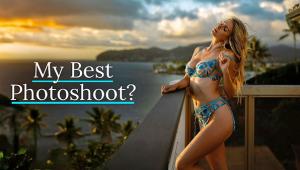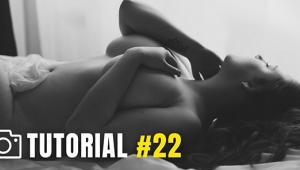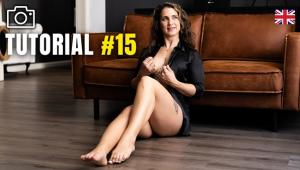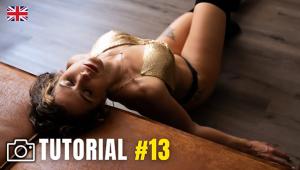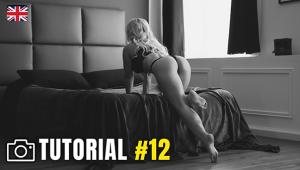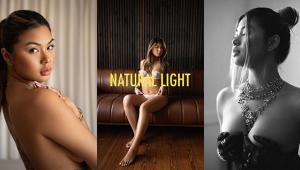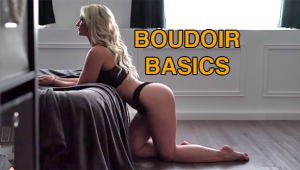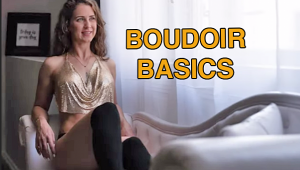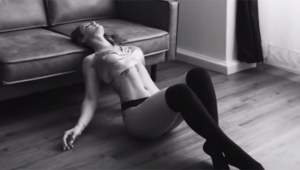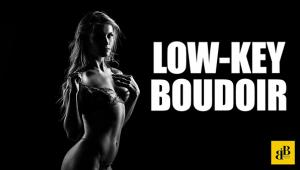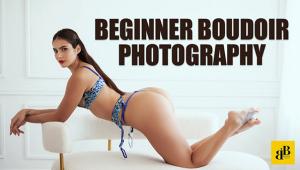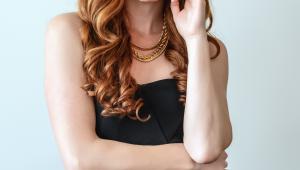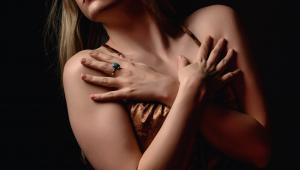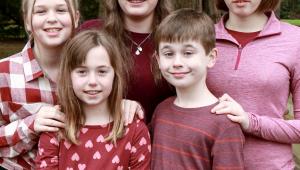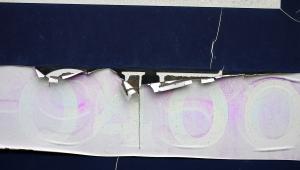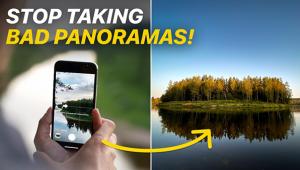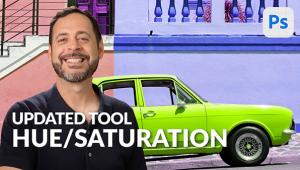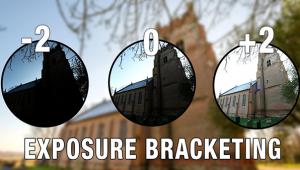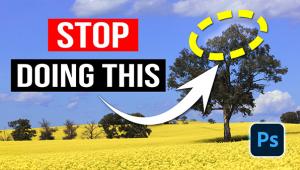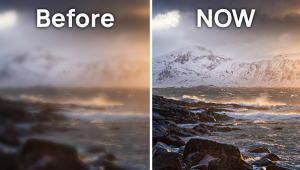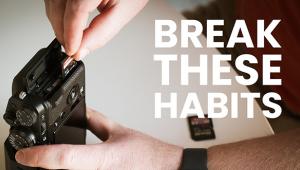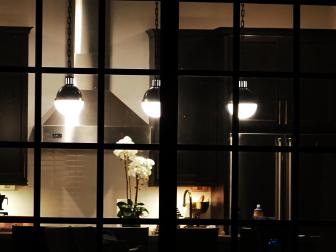Intimate Moments: Jen Rozenbaum on the Art of Boudoir Photography

The word boudoir comes from late 18th century French, meaning “sulking place.” To the eye, and in the mind, of boudoir photographer Jen Rozenbaum, it is anything but.
For her, the boudoir is a place where a woman can proudly express both her inner and outer beauty. You need only speak to Rozenbaum once to know for certain there will be no sulking here. Quite the contrary, there will be celebration of everything that is woman! It’s reflected in her voice and in her infectious laughter.
Tasteful and Positive
On the About page of her website, Rozenbaum declares that she’s dedicated herself to helping women discover their femininity. More to the point, her mantra is for women to celebrate womanhood “shamelessly.” But getting to the point where a woman is ready to bare her soul—or at least much of her body—takes more than mere words. It takes a positive attitude on the part of the photographer.

“Typically, they are pretty nervous,” Rozenbaum begins. “What I’m doing is allowing a woman a space to explore and embrace who she is, without any judgment, without any shame. And I help her through that process. As a result, she becomes confident and one might even say rebellious. She just might not know it.”
She continues: “I’m trying to show the best of women. And for me that has nothing to do with sex whatsoever. My photography is not about sex. It might be sexy or have sensuality involved in it. But it’s not about sex. It’s about the woman. So as long as I’m sticking to my mission of helping a woman celebrate her unique femininity, there’s really nothing not tasteful about it.”
Boudoir as a Frame of Mind
When speaking with Rozenbaum, you know where she’s coming from and what boudoir means to her. It’s reflected in her tone of voice and, again, in that infectious laugh, which she uses to overcome a client’s shyness—that and talking a lot.
“It’s all about communication,” she contends. “There’s never a quiet moment.”

Continuing, she adds: “I use the term boudoir to mean expressing who you are. For me boudoir is letting go of those ‘shoulds’—how we should look or act. That could involve lingerie, clothing, or even a nude shoot. As an artist, I don’t want boundaries to be put on my work, so, for me, boudoir is really showing the client for who she wants to be.”
Boudoir as Business
While her first professional shoots took place in her own boudoir, Rozenbaum soon moved her portrait work to a commercial studio space. In the studio, she doesn’t rely on fake sets—no seamless, muslin, or canvas backdrops, no chaise lounges—no artifice.
“Just give me a white wall and the girl, and I’m happy,” Rozenbaum says. “I’m not going to say that I never shoot a woman on a couch or a bed, but typically it’s very, very simple.” What’s more, she rarely shoots in the woman’s home, although she has shot in hotel rooms and even rented an Airbnb on special occasion.
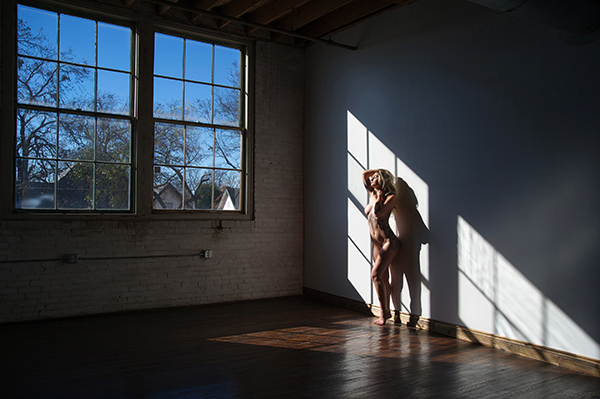
Beyond that, a successful boudoir photographer must also know how to market a service. Even here, Rozenbaum takes a unique attitude. “I’m a big believer not in marketing my work but in marketing myself,” Rozenbaum emphasizes, “because in a service-based industry I believe that people buy people, not products. Marketing is not talking about your photographs. It’s talking about the service that you offer, why it’s important, and why people need you—and being authentic about it.”
Relating to Her Clientele
Rozenbaum talks a lot about what’s going on in her life. And that attracts clients who have similar things going on in their lives.
She elaborates: “In the beginning of my career, I talked to a lot of young brides and found young brides were my clientele. And as I matured and became a mom, the clientele shifted to young moms. As I turned 40, there was once again a shift paralleling my own life. So I put myself out there and talk about my struggles with my body and my struggles with certain things that I’ve dealt with in my life, including breast cancer, which resonated with women who had had mastectomies. They feel comfortable with me.”
In a related vein, when I ask Rozenbaum if it’s easier for women to shoot boudoir, or if a man can do it with equal aplomb, she points out that “men have an advantage in that they see women differently than we do. When a man looks at a woman, he tends to look at all the beautiful parts of a woman. When a woman looks at other women, she tends to be judgmental. I really try hard to make sure that in my studio the client never feels judged by me. I’m trying to look at her in the most beautiful way possible. Sadly, however, I’m seeing more and more that men are not handling it as professionally as they should, which is really unfortunate because they can be just as amazing at boudoir photography as women photographers.”

But do women clients feel more comfortable with a woman behind the camera?
“Every woman is different,” she responds. “It’s true, in a way, that when you’re shot by another woman, you think, Oh, is she going to see all my faults? When you’re shot by a man, you think, Is he going to think I’m hot? After all, I’m a woman in lingerie; how hard can it be? I think that some women are more comfortable with women behind the camera, trusting them and feeling safe. So there are clients for both men and women photographers.”
Then I ask, what prompts a client to request a boudoir portrait? “That’s a great question. The answers are all over the place. Typically for my clients it’s celebrating some special moment in their lives. So, for example, a 40th birthday, a divorce, getting her body back after having a baby, a gift for that special someone—or an urge to step outside the comfort zone in her life.”
The Technical Side of Boudoir
Lighting sets a tone for any photo shoot. For Rozenbaum that often means existing window light to capture the mood and atmosphere of the space and to gently caress the curves of a woman’s body or otherwise accent her features.
However, when it comes down to it, there is no set formula. “My preference is whatever lighting I need to create what I want to create,” she states, keeping the conversation light and airy with a hint of laughter. “I work with natural light and studio light. It really depends on the look that I’m going for, and in working with the client, what I want to portray her as.

“I keep it simple. I have a very small space. I also don’t want my clients to feel overwhelmed by equipment. So I employ one or two lights inside softboxes. I prefer constant light sources because I find that my clients are more at ease with them. But I also use the Profoto B1’s.” When it comes to constant light sources, Rozenbaum is moving to the new Westcott Solix LED 2-Light Kit, which she helped develop.
Beyond lighting, a key part of boudoir is direction. Rozenbaum admits, “I have to give my clients a lot of direction when it comes to posing.” She went on to say that “the best clients are the ones who listen to what I tell them to do because I am a posing expert and I can make every woman look beautiful with posing.” Rozenbaum is not simply boasting. You can hear the sincerity in her voice. She adds, “You have to pose for the actual person.” In other words, don’t pose the woman to reflect the image you have of her or what she should look like.
Jen Rozenbaum does indeed elevate the boudoir portrait to an art form. We may not see her portraits hanging at the Met (perhaps someday), but she makes any woman she portrays feel like a Mona Lisa or Venus de Milo—with that same allure that says, in the immortal words of Helen Reddy, “I am woman, hear me roar.”
Rozenbaum’s Top Do’s and Don’ts for Boudoir Photography
› Do make sure you’re learning posing big time because boudoir is a responsibility. You only have one chance to show her how amazing she is.
› Do make sure that you have confidence in your session, because one of you has to have confidence and typically it’s not going to be her.
› Do communicate a lot with the woman. Do not stop talking. They hate when you stop talking.
› Do really believe that every woman is beautiful and that you can showcase that beauty.
› Don’t touch the client without asking first.
› Don’t ever ask questions, such as, What do you hate most about your body? Always treat her positively, with lots of genuine compliments.
What’s in Rozenbaum’s Gear Bag
Nikon Cameras: D750 and D3S (“I hope to add the D850 soon.”)
Nikkor Lenses: 58mm f/1.4 (the go-to lens), 85mm f/1.4, 105mm f/2.8, 24-105mm f/4, 70-200mm f/2.8
Lighting: Westcott reflectors and lights (namely, the Ice light and Spiderlite TD6, and, more recently, the Solix LED Kit)
Rozenbaum’s Favorite Piece of Photo Gear
“The Solix LED Kit from Westcott. It is portable and easy to use, and it offers many varied looks depending on the modifiers that you use.”
Here's a video we recently featured with Jen Rozenbaum offering more great boudoir photography tips.
Jen Rozenbaum operates out of Long Island City, Queens, New York. Learn more about her work and her workshops at jenrozenbaum.com and jenerations.com.
Jack Neubart (jackneubart.com) has authored numerous books and articles on photography over the years.
- Log in or register to post comments
